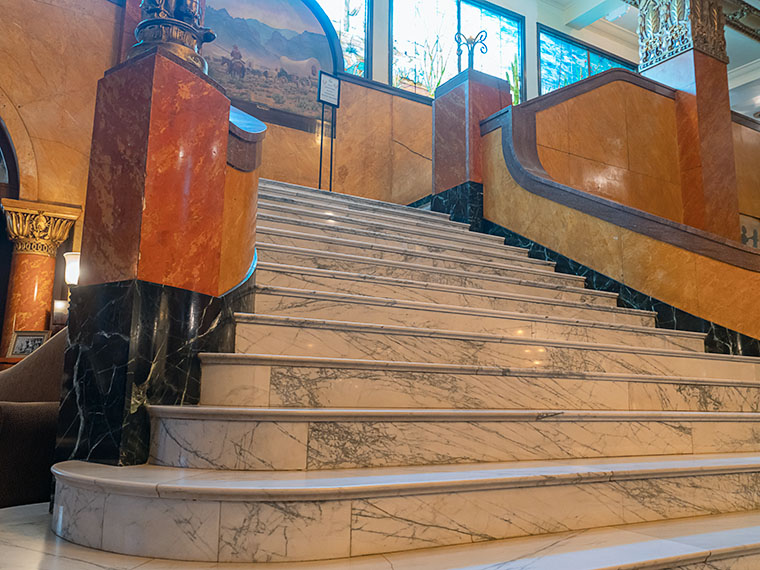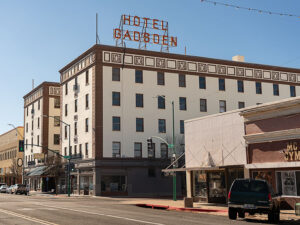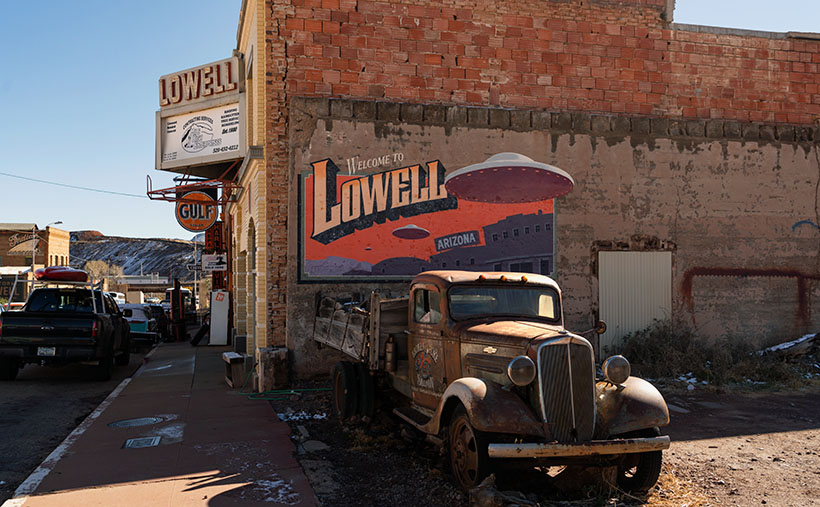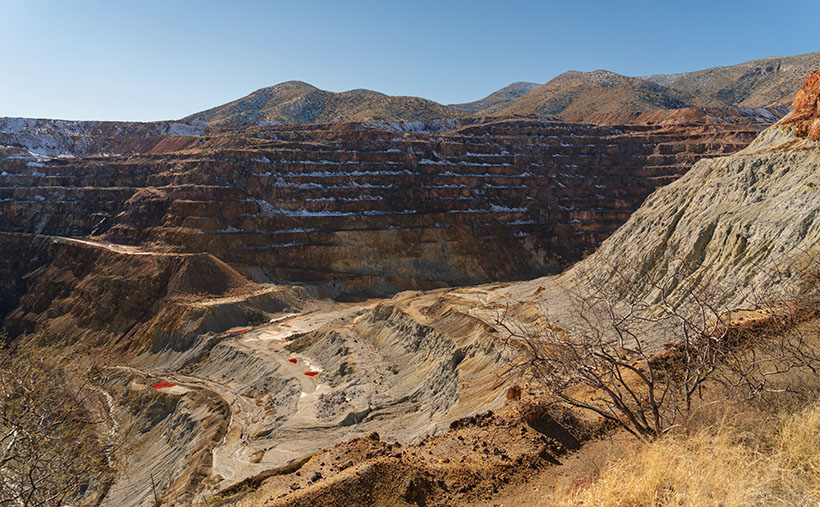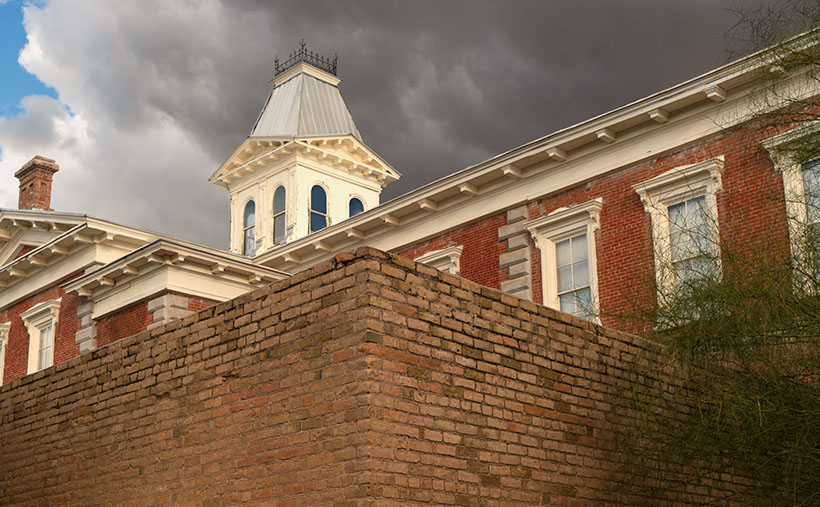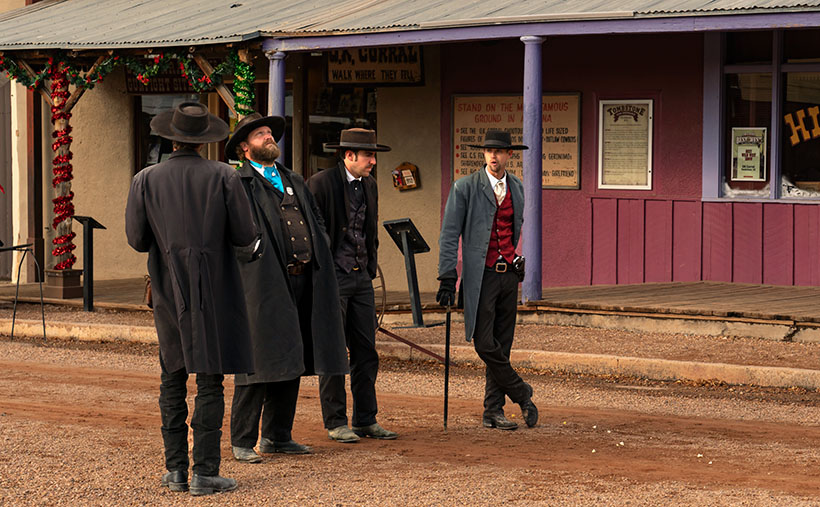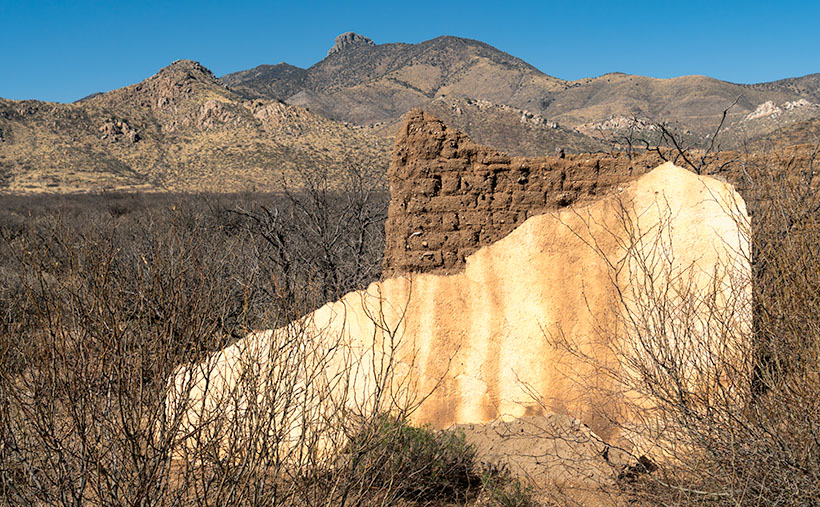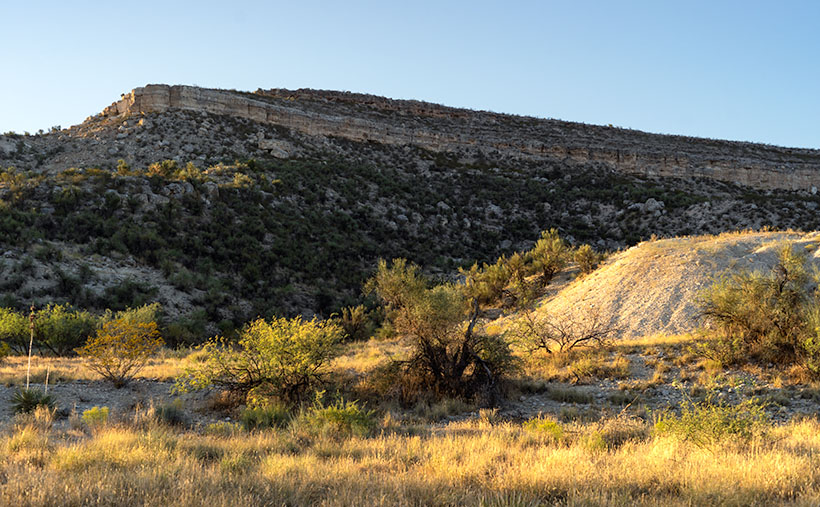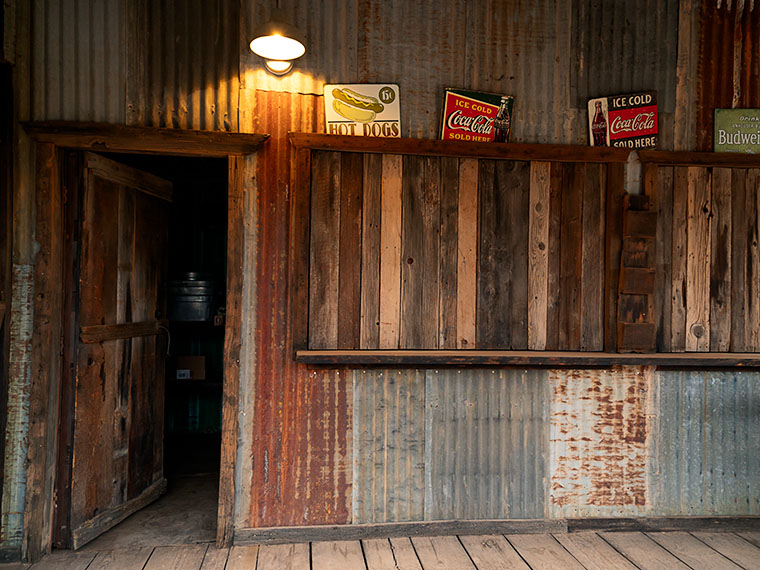
October has finally graced us with its presence. That’s significant for us desert dwellers for a couple of reasons. Most importantly, summer’s relentless grip has finally loosened. It’s still hot during the day and will be for several more weeks, but we can go out on the back deck, enjoy a cup of java, and watch the doves run for their lives in the cool mornings. The other nice thing about October is that it’s the beginning of the festive gauntlet, where celebrations stack up on one another. If the calendar were a wheel, we’d have to take it to the tire shop to balance it.
Queen Anne’s favorite holiday is Halloween, of course. What else would you expect from a woman who wears a black pointed hat and always has a broom at arm’s length? All through the month, she buys bags of miniature Heath Bars at Safeway—not to give to kids trick-or-treating at the door (they don’t grow out here), but so she has plenty of stock when she watches Spaced Invaders looping constantly. So, what better way to celebrate Halloween than to spend the month in a ghost town? It’s one we haven’t visited before and is at the bottom of Vulture Mine Road. Of course, I’m talking about Vulture City, the mine that gave birth to Wickenburg.
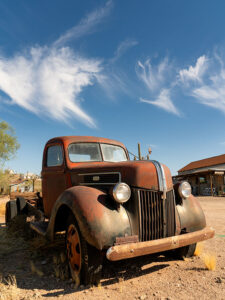
Vulture City’s history starts long before any crusty prospectors unstrapped a pick from their burro. Judging from the mix of rocks you can see along Vulture Mine Road, the Vulture Mountains formed through a symphony of molten eruptions and earth-shattering shifts over millions of years. The evidence is the basalt layers and limestone blocks you see along the road. The area is rich in gold because hydrothermal activities carried gold from the Earth’s mantle to the crust. Like Queen Anne, Mother Nature has a flair for flaunting her geological bling.
Before European settlement, the Hohokam primarily inhabited this region and later the Apache—specifically the feared Yavapai Apache. While there is no definitive evidence, native tribes did engage in rudimentary mining and likely found semi-precious stones, but gold was not their primary focus. The natives considered many of the natural formations sacred, adding an extra layer of mysticism to the area. It was as if the land crooned a mystical siren’s song long before tourist-hot-spot was even in the lexicon. And then came the white man, which we’ll get into next week.
This week’s photo is of the mining town’s cantina, mess hall, cafeteria, or whatever they called the place where they fed workers. Ho ho! Staring at a sleeping princess may feed the soul, but you need sustenance to swing a pick all day in a dark mineshaft. When I took this image, it was well after sunset on a cloudy evening, so the lights were on, and I was captivated by the geometric dance of perpendicular rectangles. The porch light infuses a golden glow to the otherwise cold and dusty scene. Although the food signs jammed into the window frame add color, I don’t believe they’re authentic to the period. I mean, 15 cents for a hot dog would have been a lot of money back then—besides, I don’t think Costco yet invented the little sausages of mystery meat.
I’m pleased that you joined us on this month’s spooky adventure. Stick close together unless you fancy being spirited away by one of Vulture City’s resident phantoms who takes on pumpkins’ color and shape. We’ll return next week with stories of the mine’s beginnings and how one man was responsible for a town’s creation. If you want to search this week’s image closely for ghostly apparitions, visit my website (Jim’s web link) or the Fine Art America page I made for it (FAA link). Don’t go near the pumpkins—they’re cute, but bite your face off.
Till next time
jw
Techniques: The Soft Glow of Overcast Skies—A Detail Photographer’s Dream
Capturing minute details in photography often feels like trying to corral a greased pig—you think you’ve snagged the perfect shot, only for the little nuances to elude you. But here’s where the misunderstood overcast sky swoops in like a caped crusader. Acting as nature’s softbox, it scatters sunlight to tone down harsh shadows and even out contrast, setting the stage for those intricate details to take the limelight—from the weather-worn wood of a rustic barn door to the delicate veins of an autumn leaf. However, be warned: while overcast light is your friend for showcasing detail, it can sometimes render textures like corrugated metal or rocky surfaces a bit flat. For those, a dash of direct sunlight might be the secret sauce to elevate the texture to center stage.
Think of overcast light as the sotto voce of the photographic world. It’s the quiet, unassuming tone that lets the content shine. Where bright, direct sunlight is the boastful tenor, belting out high notes and obscuring the subtler instruments, an overcast sky gently elevates the bassoons and cellos—the intricate details that offer richness and depth. This makes your subject the show’s star, allowing viewers to appreciate complexities they might otherwise overlook.
Of course, while overcast light provides a naturally diffused glow, you’ll still need to stay vigilant about your exposure settings. Cloudy skies can occasionally trick your camera’s metering system into underexposing the shot, making it appear gloomier than intended. A quick tweak to the exposure compensation can often rectify this, ensuring your details stand out crisply without veering into the realm of the overblown or washed-out.
BTW:
If you’re curious about our previous adventures, my new YouTube video on the Colorado Portfolio just went live. Feel free to take a gander.

